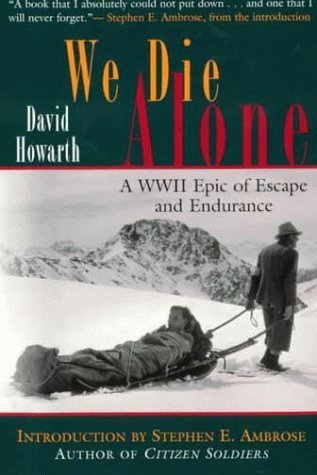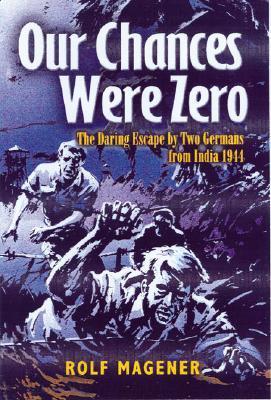
The Long Walk: The True Story of a Trek to Freedom
Book Description
Captured and exiled, a group of men must face the untamed wilderness in a desperate bid for freedom. As they traverse the harsh landscapes of Siberia to the Andes, each step brings new dangers—from merciless guards to the biting cold—testing their resolve and spirit. Bonds form under dire circumstances, yet trust is fragile amidst betrayal and survival instincts. Desperation drives them, but their will to hope endures. In a world where every moment could lead to doom, can the human spirit truly conquer the odds? Discover the breathtaking journey that challenges the limits of survival and camaraderie. Will they find freedom or face defeat?
Quick Book Summary
"The Long Walk: The True Story of a Trek to Freedom" by Slavomir Rawicz details the harrowing escape of a group of prisoners from a Soviet gulag in Siberia during World War II. Subjected to brutal conditions and forced labor, Rawicz and his companions resolve to escape, embarking on an epic journey on foot across thousands of miles of hostile wilderness. Battling starvation, exhaustion, extreme weather, and a constant threat from both nature and man, the group's fight for freedom becomes a testament to human endurance and hope. Along the way, they forge deep bonds as they rely on each other for survival, revealing both the strength and fragility of camaraderie under immense pressure. The narrative captures not only their physical struggles, but also the psychological tests that face those confronted with life and death choices.
Summary of Key Ideas
Table of Contents
Enduring the Brutality of Captivity
Slavomir Rawicz’s journey begins in the brutal confines of a Soviet labor camp, where he is one of many prisoners condemned by arbitrary justice. The conditions are hellish: starvation rations, backbreaking labor, and the constant threat of violence from guards. The gulag’s daily reality is a slow erasure of hope, leaving men emotionally shattered and physically broken. Against this backdrop, Rawicz’s resolve hardens. The prisoners’ collective struggle for dignity is the first trial—one fought before their epic journey even begins.
The Willpower to Escape
Driven by desperation and a fierce longing for freedom, Rawicz and six companions meticulously plan their escape. The crossing of boundaries—literal and psychological—is fraught with anxiety and risk. Slipping past guards in the dead of night marks only the start, as they must now evade search parties while wrestling with the guilt and uncertainty of leaving others behind. The initial phase of escape tests their unity and affirms the necessity of unshakeable hope; the very act of running bolsters their will to survive against staggering odds.
Surviving Nature’s Harshest Trials
The group’s epic trek leads them through the merciless Siberian taiga, the icy expanse of Lake Baikal, the scorching Gobi desert, and into the foothills of the Himalayas. Each landscape presents new, deadly obstacles: blizzards and freezing temperatures threaten to sap their strength in the north; thirst, sunstroke, and endless horizons torment them in the desert. Equally dangerous are exhaustion and malnutrition, which exact a relentless toll. These conditions push the men to their physical and mental limits, revealing the chasm between the will to live and the body’s breaking point.
Fragile Bonds and Human Trust
Along the journey, camaraderie becomes both survival tool and liability. Trust is essential—they share meager food, nurse each other’s injuries, and draw strength from companionship. But stress and fear occasionally spawn suspicion, especially as their numbers dwindle and some succumb to the unforgiving environment. The inclusion of an unnamed woman, encountered unexpectedly, further complicates group dynamics by introducing both hope and tension. These relationships, forged amid desperation, highlight the fine balance between shared purpose and individual instinct.
Hope and the Limits of Human Endurance
The hope of freedom propels the survivors forward. Though not all endure to the end, their dogged perseverance culminates in a precarious crossing into India, where hope finally overcomes despair. The journey tests not just physical endurance but the mind’s resilience, raising fundamental questions about what keeps the human spirit alive under the direst circumstances. Through the ordeal, Rawicz reflects on the meaning of liberty and the price of survival, demonstrating that hope, more than anything tangible, is the key to withstanding even the most impossible trials.
Download This Summary
Get a free PDF of this summary instantly — no email required.





